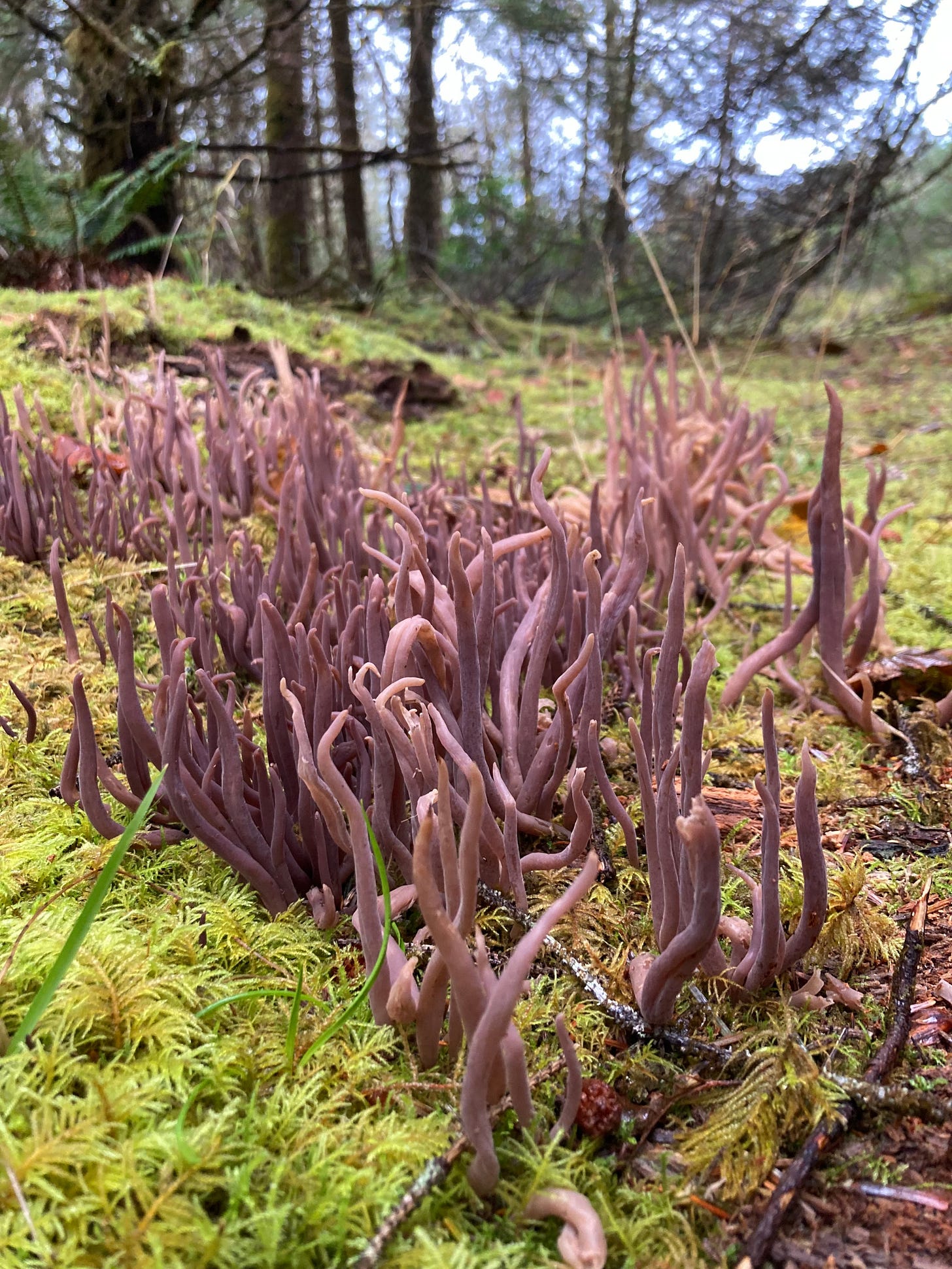An Inexpensive Trip to the Jungle
The small device that reveals the overlooked parts of our world
In the past year, I’ve become, by some estimations, an annoying person to hike with. I stop more often. I stoop, crouch, and kneel to observe the smallest things I can find along the trail. Holding a loupe lens to one eye, the small aperture reveals the microworld of our planet magnified into startling clarity.
Last Christmas, my husband gifted me the pocket lens, a sleek little chrome-plated thing that fits snugly into a radish-sized leather case. All summer, he’d listened to me rattle on about Robin Wall Kimmerer’s book Gathering Moss. I’d long been a moss lover—sinking my hands into its plush pelts, spreading my body across spongey green carpets whenever I got the chance—but Kimmerer’s book had opened my eyes to the sheer vastness of a square inch of moss when magnified tenfold or beyond. After reading the book, I told my husband I wanted a microscope so I could bring moss specimens home to examine their finer details. My husband had a better idea. The loupe lens is much more portable than a microscope and allows me to study nature while out in nature.
Through the lens, the tiniest pockets of our world suddenly explode into entire universes. Constellations of spores and globes of rainwater. Landscapes textured with crags and canyons, spires and steppes.





